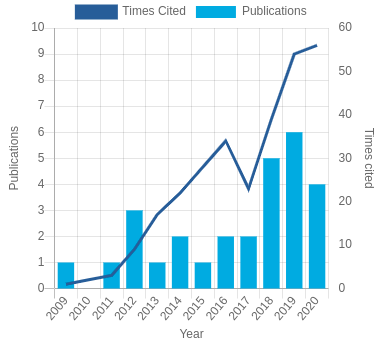Abstract:
In this work, we make use of an atomic layer deposition (ALD) surface reaction based on trimethyl-aluminum (TMA) and water to modify O–H terminated self-assembled layers of octadecylphosphonic acid (OPA). The structural modifications were investigated by X-ray reflectivity, X-ray diffraction, and atomic force microscopy. We observed a significant improvement in the thermal stability of ALD-modified molecules, with the existence of a supramolecular packing structure up to 500 °C. Following the experimental observations, density functional theory (DFT) calculations indicate the possibility of formation of a covalent network with aluminum atoms connecting OPA molecules at terrace surfaces. Chemical stability is also achieved on top of such a composite surface, inhibiting further ALD oxide deposition. On the other hand, in the terrace edges, where the covalent array is discontinued, the chemical conditions allow for oxide growth. Analysis of the DFT results on band structure and density of states of modified OPA molecules suggests that besides the observed thermal resilience, the dielectric character of OPA layers is preserved. This new ALD-modified OPA composite is potentially suitable for applications such as dielectric layers in organic devices, where better thermal performance is required.


